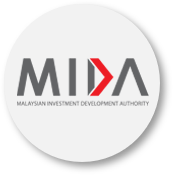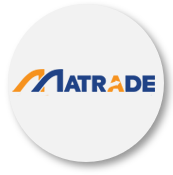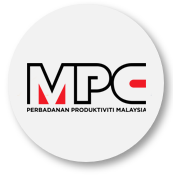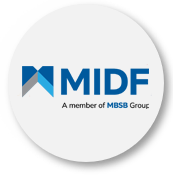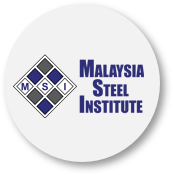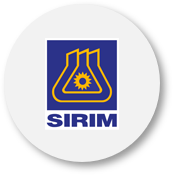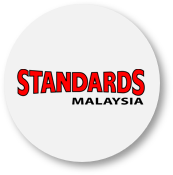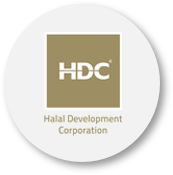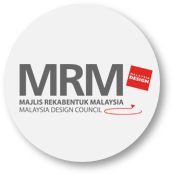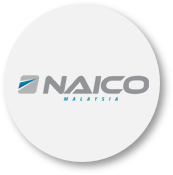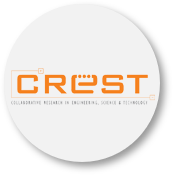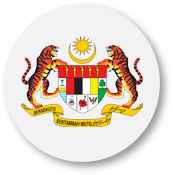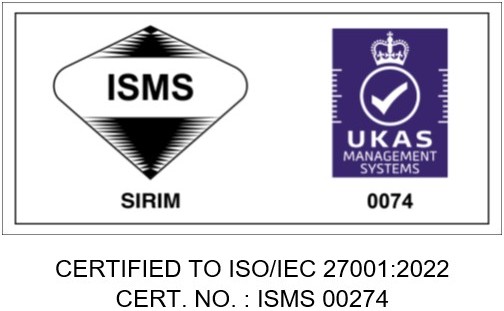Introduction
The World Trade Organisation (WTO) was established on 1 January 1995. The WTO replaced the General Agreement on Tariffs and Trade (GATT) following the conclusion of the Uruguay Round of trade negotiations in 1994. The WTO also encompasses other trade-related areas such as services and intellectual property rights.
WTO promotes global trade through market opening measures and strengthening trade rules, which among others:
-
Provide transparency, predictability and stability
-
Prevent adoption of unilateral measures on trade matters
-
Provide resolution of disputes through the dispute settlement mechanism, including remedial action on unfair trade practice through anti-dumping and countervailing measures
It is also a forum for continuous negotiations to create a more transparent, predictable, fair and liberal global trading environment. Negotiations are aimed at progressively removing barriers to trade in order to create better market access opportunities for its Members. WTO rules are evolving through periodical review of existing rules and as well as negotiations on new rules.
The WTO has 157 Members as at 22 November 2012.
WTO Principles
Most-Favoured-Nation (MFN) Treatment
Provide for non-discrimination among trading partners, requiring all Members to be treated equally. Exceptions to the MFN Principle are allowed, for example, preferential duties under regional trading arrangements and the Generalised System of Preferences.
National Treatment
National treatment stipulates that domestic goods/ services and foreign products/ services should be treated equally. It prohibits discrimination between imported products/ services and domestic like products/ services, both in the levy of internal taxes and in the application of internal regulations. Imposition of import duties on foreign products is not a violation of the national treatment principle.
Transparency
To ensure predictability to the business community, Members must ensure trade barriers are not raised arbitrarily. In addition, notification requirements as provided for in specific WTO agreements are aimed to achieve this objective. The Trade Policy Review Mechanism (TPRM) also provides an opportunity for the examination and clarification of the trade policies and practices of Members.
Special and Differential (S&D)Treatment
The WTO recognises that Members are at different levels of development. The WTO agreements provide flexibility as part of the S&D treatment to developing countries. This could be in the form of longer transition periods or lower levels of market access commitments.
WTO Agreements
These agreements provide the legal ground-rules for international commerce. They are essentially contracts, binding governments to trade policies within agreed limits.
Key WTO agreements include:
- Multilateral Agreements on Trade in Goods such as Agriculture, Technical Barriers to Trade (TBT), Sanitary and Phytosanitary (SPS), Subsidies and Countervailing Measures, and Safeguards.
- General Agreement on Trade in Services (GATS)
- Agreement on Trade-related Aspects of Intellectual Property Rights (TRIPS)- Understanding on Rules and Procedures Governing the Settlement of Disputes (DSU)
- Trade Policy Review Mechanism (TPRM)
- Plurilateral Trade Agreements such as Government Procurement and Trade in Civil Aircraft.
The full texts of the agreements are available on the WTO website, www.wto.org
Ministerial Conferences
The WTO Ministerial Conferences is the topmost decision-making body and which meets at least every two years to decide on all matters relating to all multilateral trade agreements.
Details relating to the ministerial conferences are available on the WTO website.
Last Updated 2015-05-14 11:58:58 by admin2







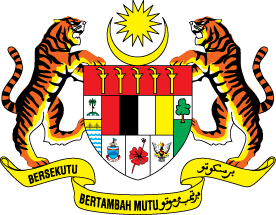





 Home
Home








